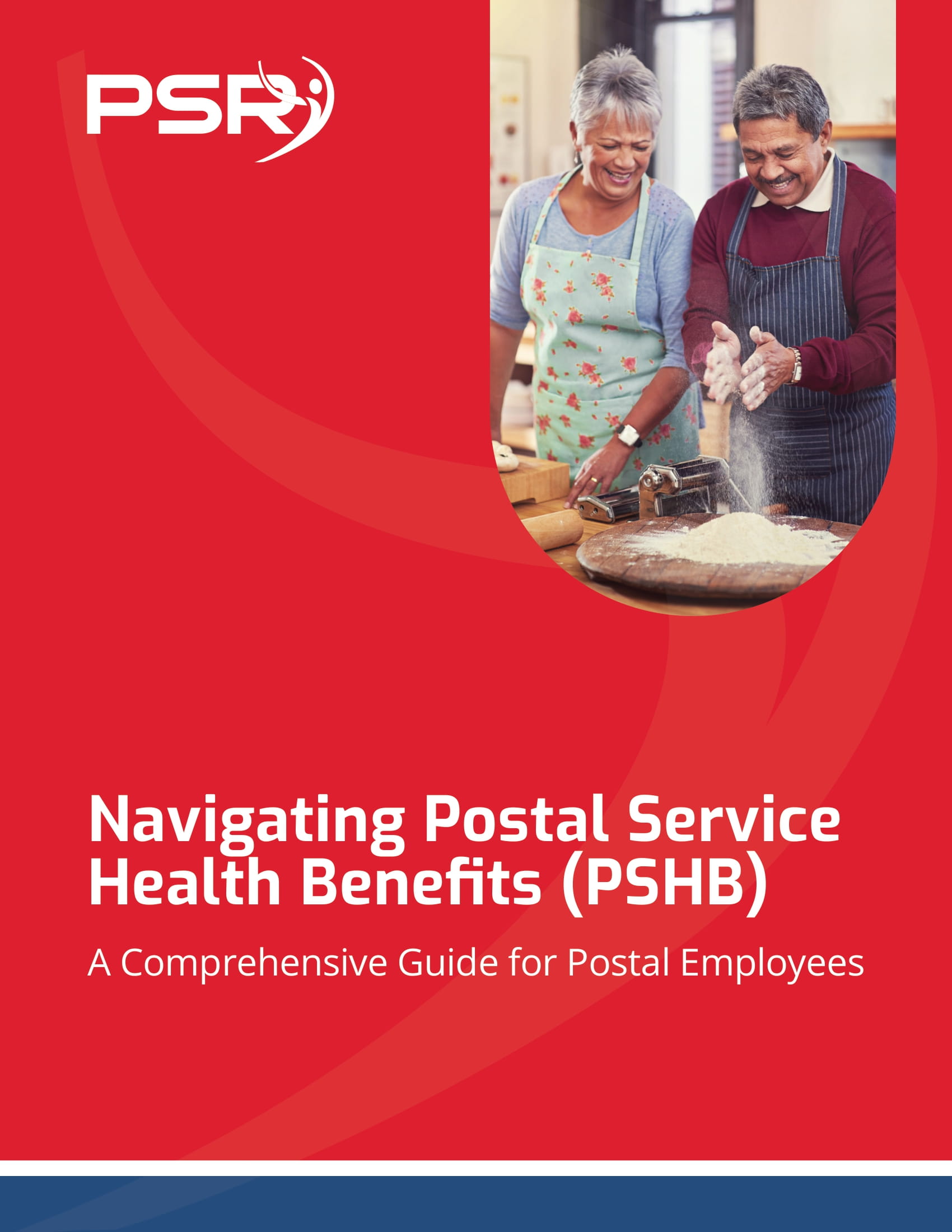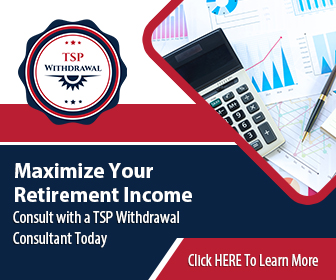Key Takeaways
-
Diversifying your TSP portfolio ensures that you’re balancing risk and reward for long-term growth.
-
Understanding the purpose of each TSP fund can help you align your investment choices with your retirement goals.
Setting the Stage: What is TSP and Why It Matters
The Thrift Savings Plan (TSP) is a cornerstone of federal retirement benefits, offering public sector employees
- Also Read: Survivor Benefit Elections Can Affect More Than One Generation—Here’s What You Should Consider
- Also Read: Federal Retirement Reforms Are Already Happening—Just Not in the Headlines
- Also Read: Law Enforcement Officers Have Special Retirement Perks—Are You Getting the Most Out of Yours?
Whether you’re new to the federal workforce or nearing retirement, picking the right mix of funds requires clarity about your financial goals and a grasp of how these funds perform. Let’s break down each fund and what it offers.
Breaking Down the TSP Fund Options
The G Fund: Stability Over Growth
The Government Securities Investment (G) Fund is the most stable option in the TSP lineup. Backed by the full faith and credit of the U.S. government, it guarantees your principal while providing modest returns. The G Fund is perfect if you’re close to retirement or prefer a low-risk investment option. However, its lower returns mean it’s not ideal for long-term growth.
-
Pros: Guaranteed returns, minimal risk.
-
Cons: Limited growth potential, especially over decades.
The F Fund: Income Through Bonds
The Fixed Income Index Investment (F) Fund tracks the Bloomberg U.S. Aggregate Bond Index, offering exposure to the bond market. It’s less stable than the G Fund but has the potential for higher returns. The F Fund can diversify your portfolio, acting as a counterbalance to more volatile investments.
-
Pros: Steady income, diversification.
-
Cons: Vulnerable to interest rate fluctuations.
The C Fund: Tapping into the Stock Market
The Common Stock Index Investment (C) Fund mirrors the performance of the S&P 500, making it an excellent choice for long-term investors seeking growth. While the C Fund can be volatile in the short term, its historical returns have outpaced inflation and most other asset classes.
-
Pros: High growth potential, great for long-term goals.
-
Cons: Significant short-term risk, no guaranteed returns.
The S Fund: Growth in Smaller Companies
The Small Capitalization Stock Index Investment (S) Fund complements the C Fund by focusing on smaller U.S. companies not included in the S&P 500. This fund offers even higher growth potential, though it comes with increased volatility.
-
Pros: Diversifies your equity holdings, high growth potential.
-
Cons: High risk, sensitive to market fluctuations.
The I Fund: International Exposure
The International Stock Index Investment (I) Fund gives you access to global markets outside the U.S. By investing in the I Fund, you’re adding an international dimension to your portfolio, which can enhance diversification.
-
Pros: Global diversification, exposure to non-U.S. economies.
-
Cons: Vulnerable to currency risk and international market instability.
The Lifecycle (L) Funds: One-Stop Solutions
Lifecycle Funds, or L Funds, simplify investing by automatically adjusting the allocation of your money based on your retirement timeline. These funds are named after target dates—L 2030, L 2040, L 2050, etc.—and become more conservative as the target date approaches.
-
Pros: Hands-off approach, tailored to your retirement horizon.
-
Cons: Less flexibility if you prefer active management.
Building Your TSP Portfolio: Key Considerations
1. Understand Your Risk Tolerance
Your comfort level with risk is one of the most critical factors in determining your investment strategy. If you’re more conservative, you might lean heavily on the G and F Funds. For those with a higher risk tolerance, the C, S, and I Funds may be more appealing.
2. Know Your Timeline
The number of years until retirement greatly influences your fund allocation. Longer timelines give you the luxury of weathering market fluctuations in pursuit of higher returns, while shorter timelines may call for a more cautious approach.
3. Diversify Wisely
Diversification reduces risk by spreading your investments across different asset classes. A mix of G, F, C, S, and I Funds ensures you’re not overly reliant on one type of investment.
4. Rebalance Regularly
Markets shift, and so should your portfolio. Periodically review your fund allocation to ensure it aligns with your goals and risk tolerance. Rebalancing can help you maintain your desired risk level and optimize returns.
Maximizing Returns While Minimizing Risks
Take Advantage of Dollar-Cost Averaging
One of the TSP’s most powerful features is that your contributions are automatically deducted from your paycheck. This consistent investing, known as dollar-cost averaging, reduces the impact of market volatility over time.
Use Lifecycle Funds as a Baseline
Even if you prefer active management, Lifecycle Funds can serve as a starting point. Examine the allocations of an L Fund close to your retirement year to get a sense of what a balanced portfolio might look like.
Stay Informed
Markets and economic conditions change, and staying updated on these trends can help you make informed decisions. The TSP’s website and annual statements are great resources for monitoring fund performance.
Common Pitfalls to Avoid
Overloading on a Single Fund
Relying too heavily on one fund, such as the G Fund, may seem safe but could limit your growth potential. Similarly, putting all your money in the C Fund exposes you to market downturns without the safety net of diversification.
Ignoring Fees
While the TSP has some of the lowest fees in the industry, they still impact your returns. Understanding these costs can help you evaluate how they fit into your long-term strategy.
Chasing Performance
It’s tempting to move your money into the fund that performed the best last year. However, past performance doesn’t guarantee future results. Stick to your long-term plan instead of making reactive decisions.
How TSP Fits Into Your Broader Retirement Plan
The TSP is just one piece of your retirement puzzle. Coordinating it with other benefits like your Federal Employees Retirement System (FERS) pension, Social Security, and personal savings can optimize your financial security. Consider consulting a financial advisor to craft a comprehensive strategy that integrates all these elements.
The Role of Catch-Up Contributions
For employees aged 50 and older, the TSP allows additional “catch-up” contributions, enabling you to boost your retirement savings as you approach your final working years. This option is especially useful for those who need to accelerate their savings.
Consider Tax Implications
The TSP offers both traditional and Roth contribution options. Traditional contributions lower your taxable income now but are taxed during withdrawal. Roth contributions are made after taxes, allowing tax-free withdrawals in retirement. Choose the option that aligns with your current tax situation and future expectations.
Looking Ahead: Adapting Your Strategy
Retirement planning is dynamic, and your TSP strategy should evolve as you move through different life stages. In your early career, maximizing growth through equity funds like the C and S Funds may be ideal. As you near retirement, shifting toward the G and F Funds can help preserve your savings.
Leverage Open Season Opportunities
Open Seasons provide a chance to adjust your TSP contributions and allocations. Use these periods to evaluate your plan and ensure it aligns with your current financial situation and future goals.
Monitor Legislative Changes
Stay aware of any changes to TSP policies or federal retirement benefits. Adjustments to contribution limits, fund offerings, or withdrawal rules can significantly impact your retirement planning.
Setting Yourself Up for Success
Building a successful TSP portfolio is about finding the right balance of risk and reward that suits your unique circumstances. By understanding each fund, diversifying your investments, and regularly revisiting your strategy, you’re well-positioned to achieve your retirement goals. Remember, the earlier you start and the more disciplined you remain, the better your chances of enjoying a comfortable retirement.













